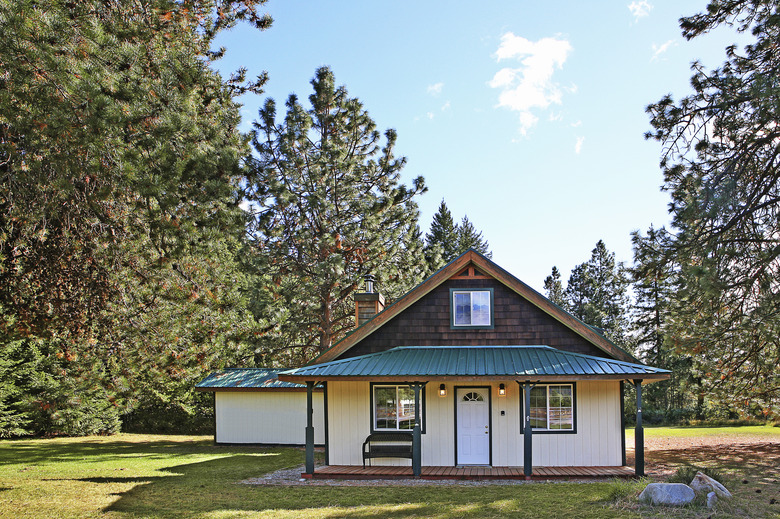How To Find The Distribution Box Of A Septic Tank
We may receive a commission on purchases made from links.
When your septic tank is working correctly, it's out of sight and out of mind, so you might not know about all of the underground parts, like the distribution box. The location of parts is one of many septic tank questions that many homeowners have. Understanding what this small but important part does, where you can find it, and what type of maintenance it requires can help you keep your septic tank running well.
What Is a Distribution Box?
What Is a Distribution Box?
The distribution box is a small box that comes after the septic tank but before the drain field. They're usually made of either plastic or concrete, and they have several openings on different sides where the drain field lines connect to the box. Think of it as a junction point for the lines leading throughout the leach field. The exact size and design can vary depending on your system.
Its purpose is to evenly distribute the effluent that comes out of the septic tank throughout the drain field. To use gravity to help, the distribution box is usually set slightly downhill from the septic tank. This allows the effluent to flow easily into the distribution box. The box also typically has rotating devices in it that help distribute even amounts of wastewater in different areas of the leach field.
Reasons to Find It
Reasons to Find It
It's essential to have a properly working distribution box as part of your septic system. Without it, the wastewater might collect unevenly, with some areas of the leach field receiving all of the wastewater and others receiving none. This can oversaturate that one area and make the drain field less efficient.
To ensure the distribution box is working correctly, you'll need to have it inspected occasionally as part of routine septic tank maintenance to keep things running well. These inspections help you find minor issues before they cause a complete failure. You can also uncover damage and determine if it's time to replace the distribution box. If it's made of concrete, your distribution box should work for about 20 years. Things like driving over the box, tree roots growing into it, excessive sludge buildup, and other damage to the box can force you to replace it early.
How to Find It
How to Find It
When finding the distribution box, it helps to have a general idea of where it sits. It makes sense that the box should sit between the septic tank and the septic drain field since it helps move the effluent from the tank into the field. It's usually somewhere near the edge of your drain field on the end that's closest to your septic tank. Distribution boxes are usually only about 6 inches to 2 feet deep.
This narrows your search, but you'll need some other clues to help you find the exact location. If you still have the site plans or a drawing of the approved system design, it should have the distribution box marked. If you're sure you have a concrete distribution box, you can use a probe rod to find the underground box. Keep in mind that some smaller systems might not have distribution boxes, although most do.
There's often a small depression in the ground over the distribution tank that's usually a couple of feet across. Sometimes, you can also see parallel depressions that show the leach lines and can lead you to the distribution box. You can also get a rough measurement to the distribution box by using a plumbing snake from the septic tank outlet and running it until it stops, which should be the distribution box.
